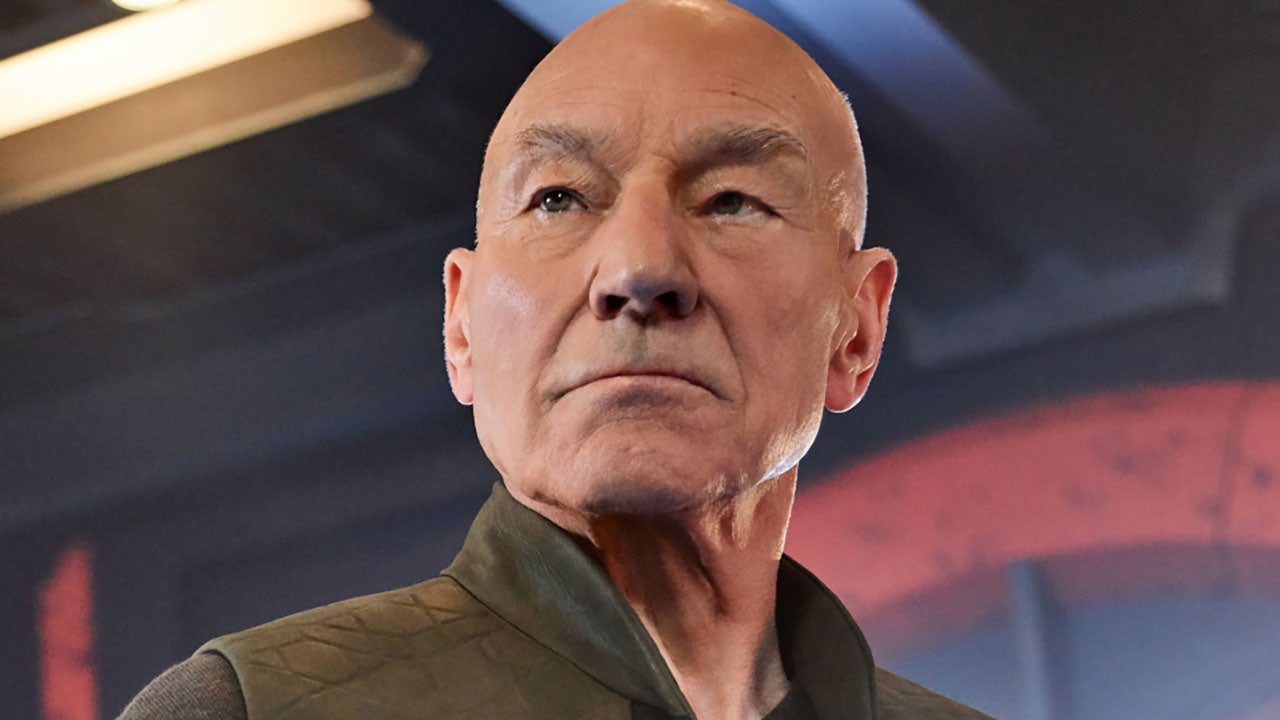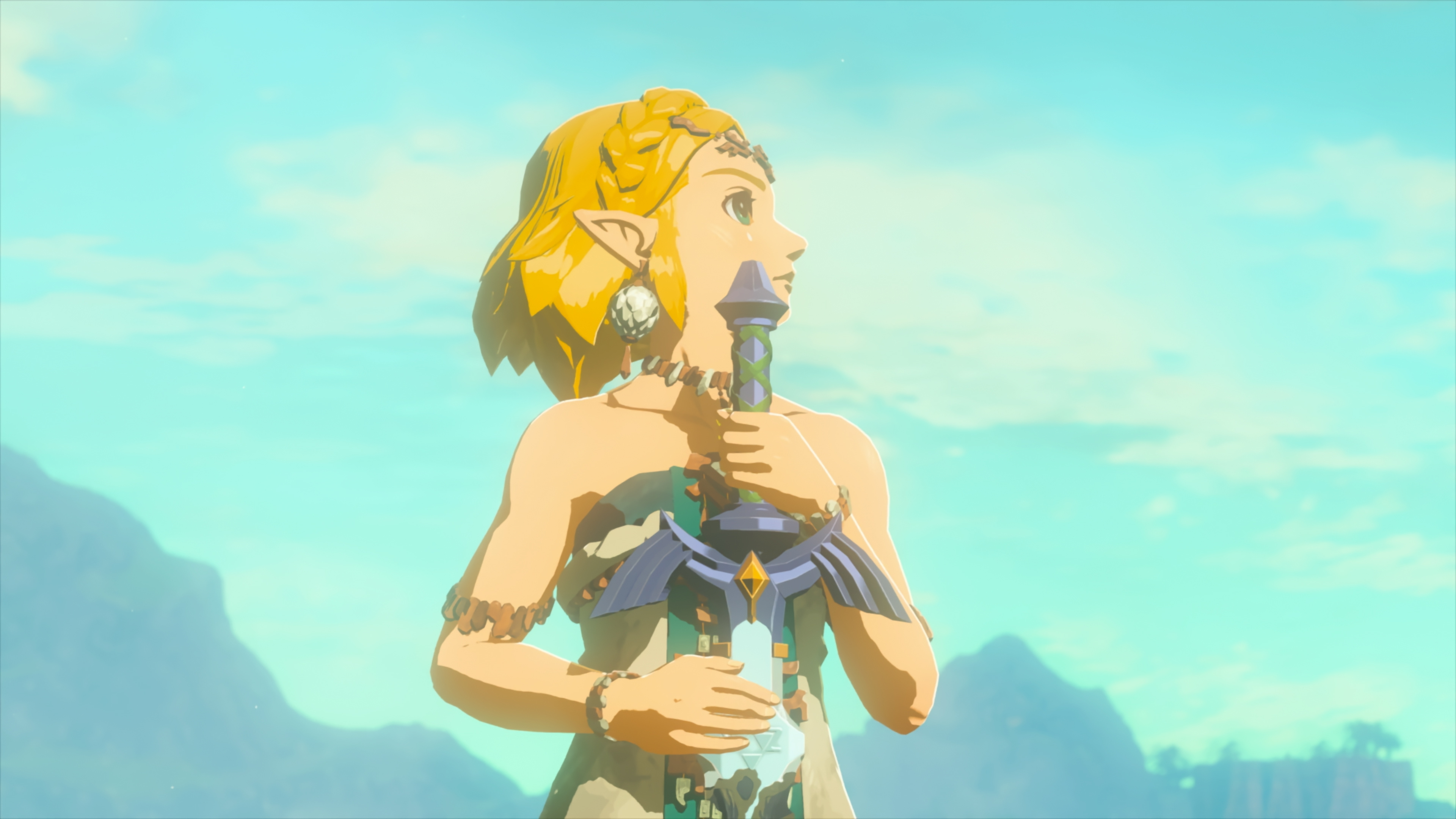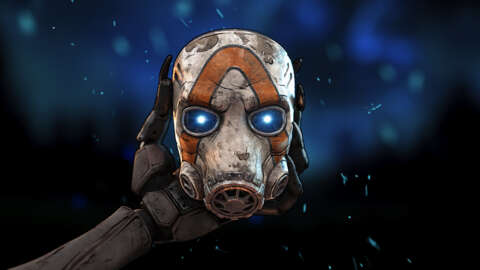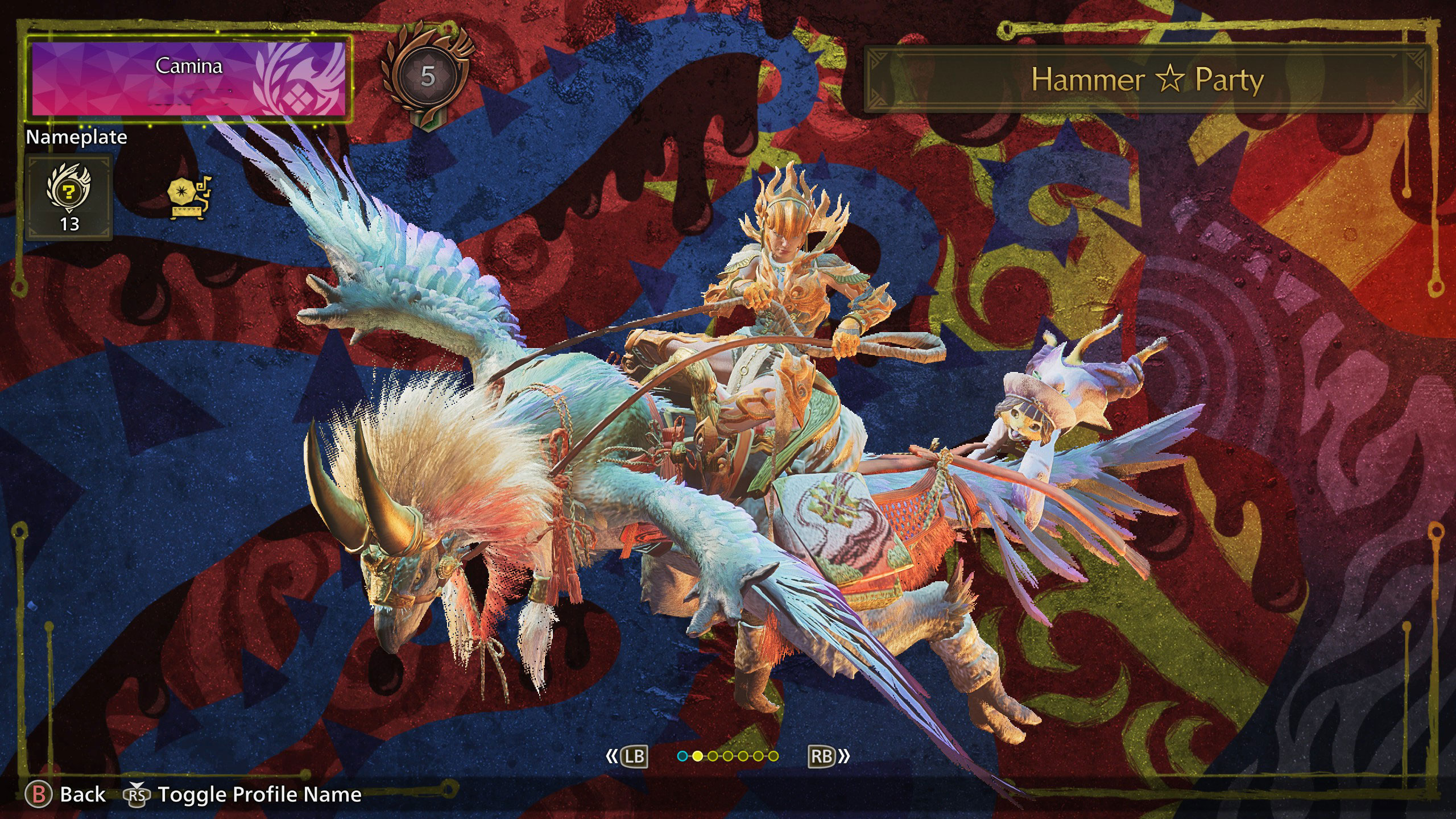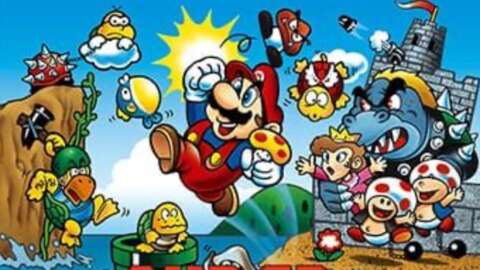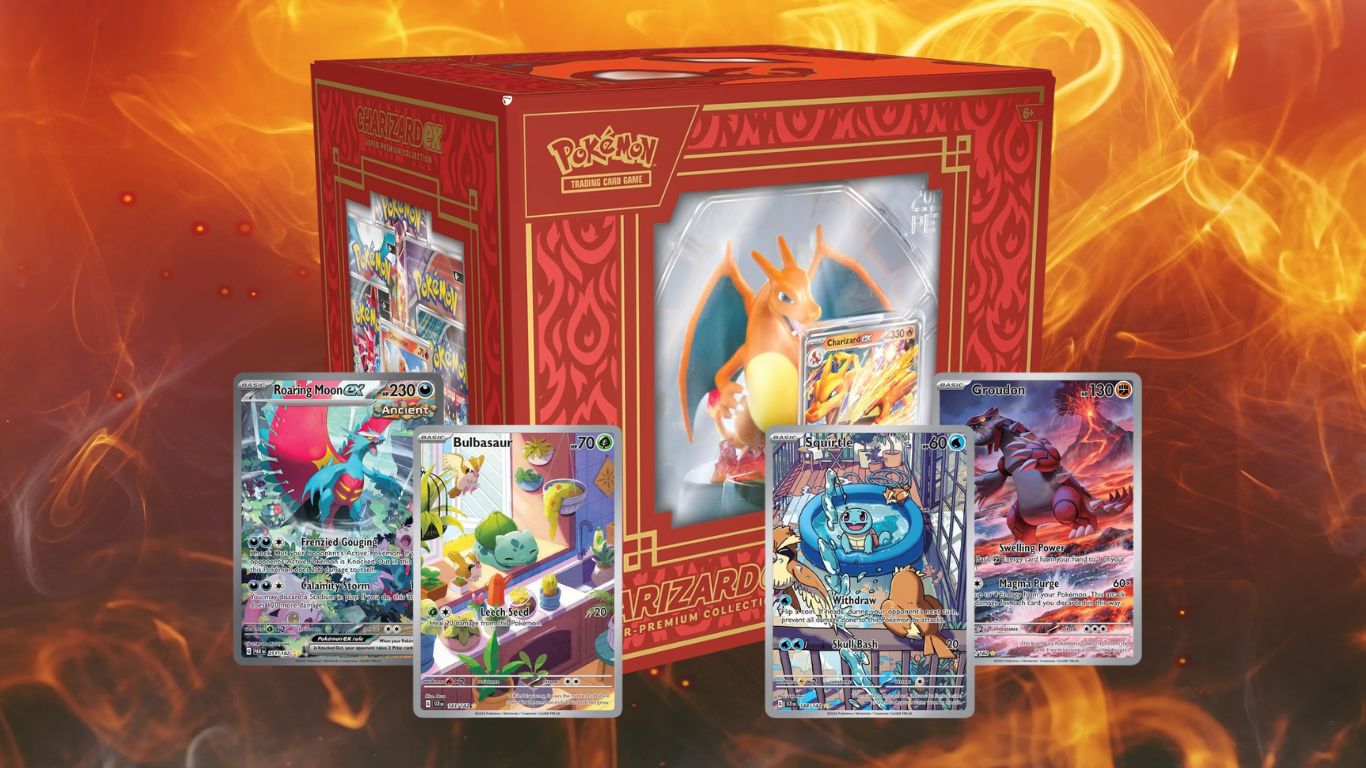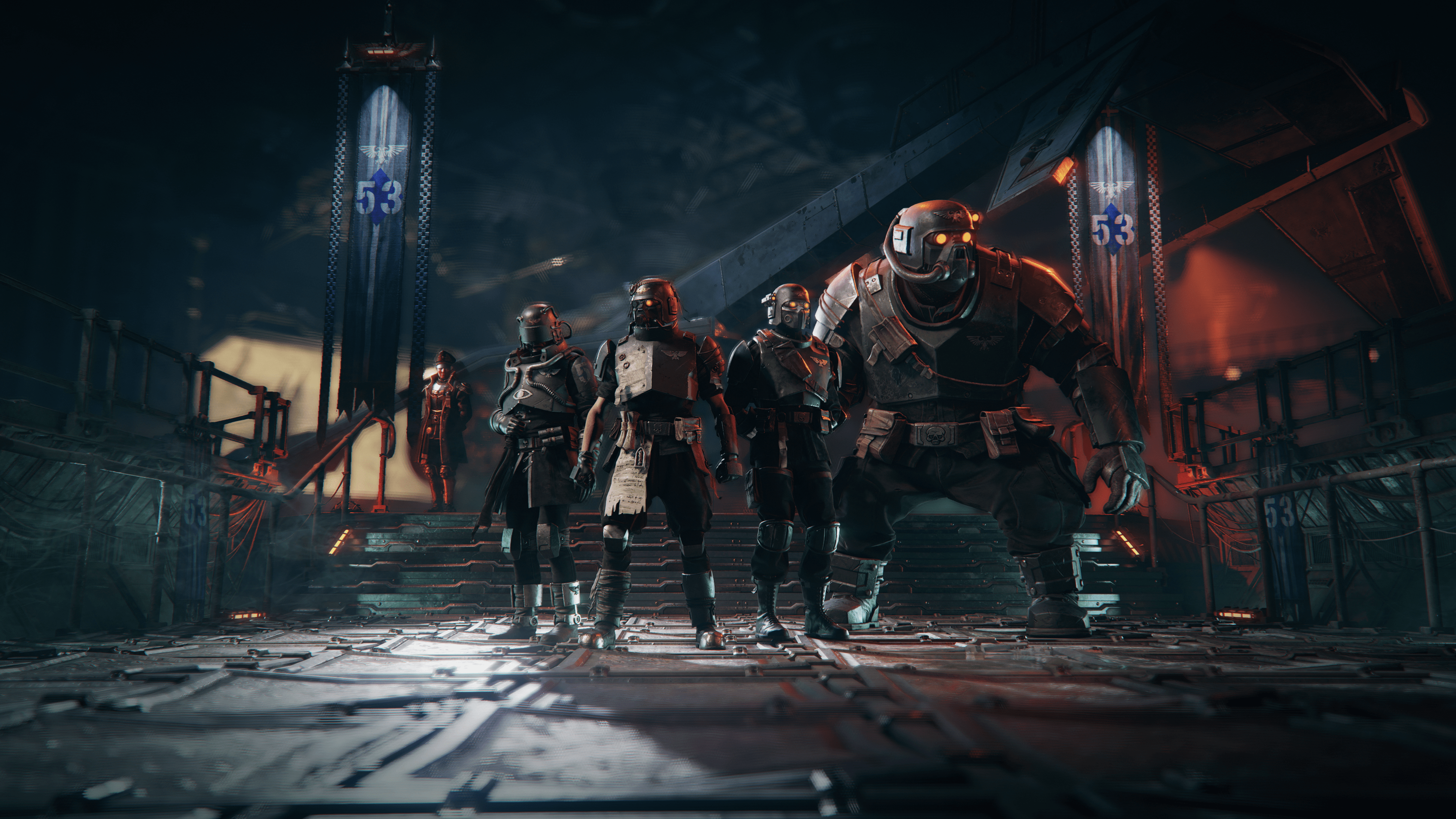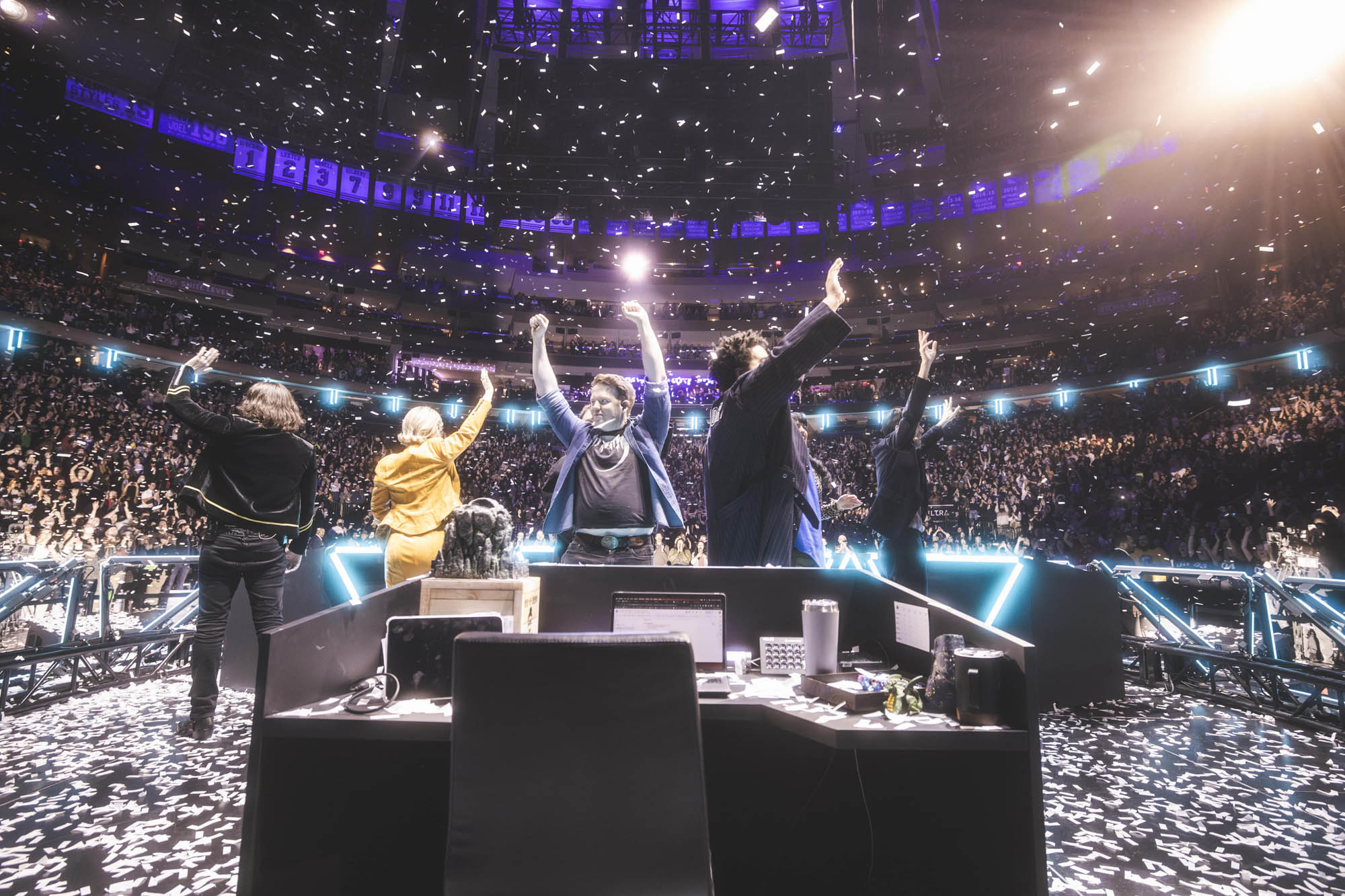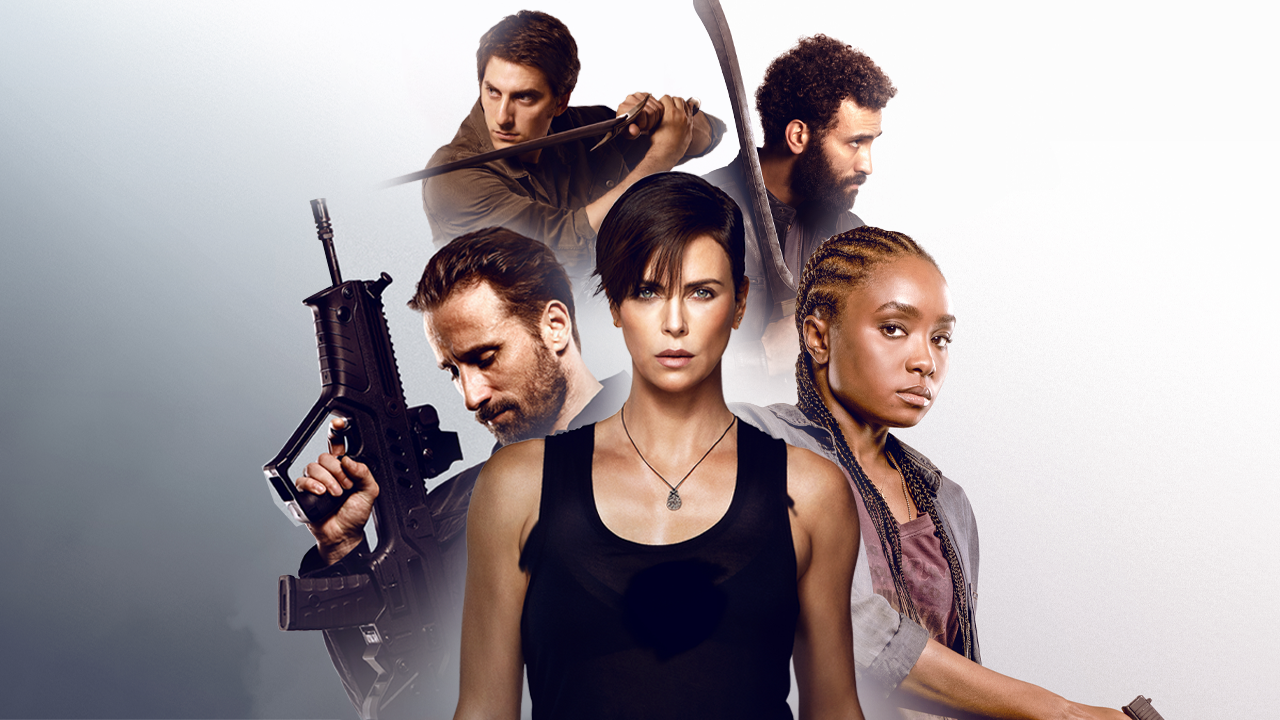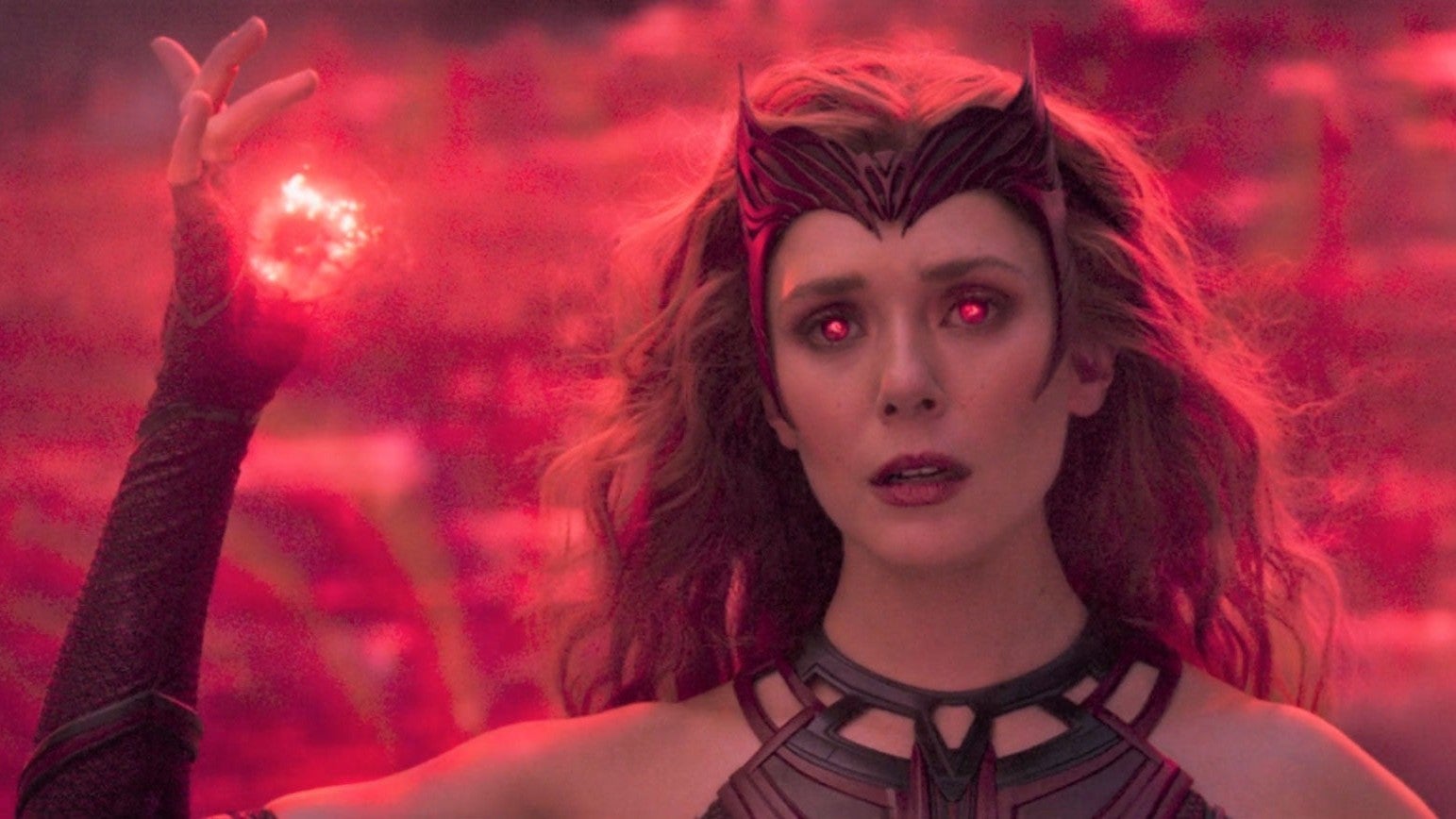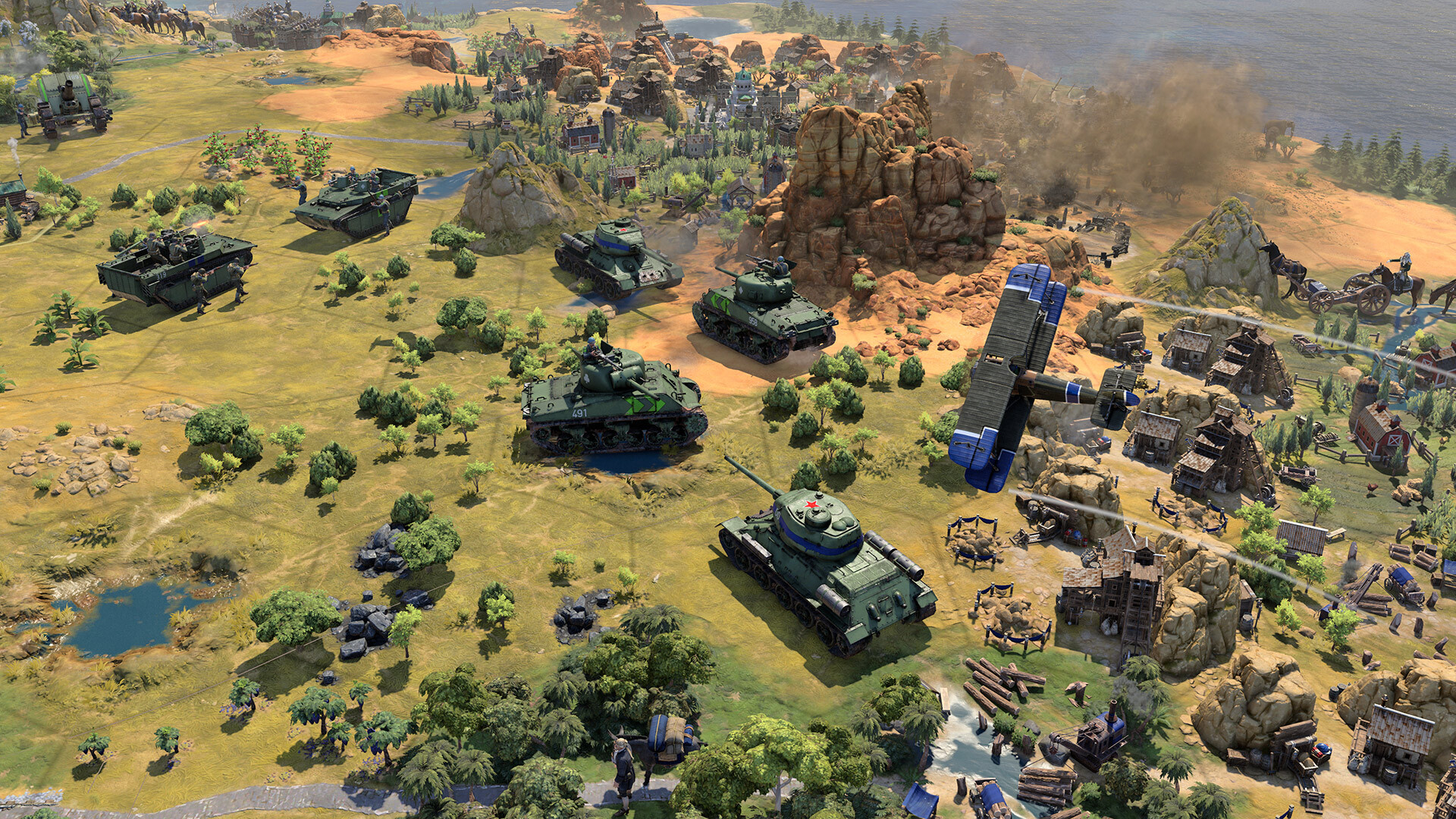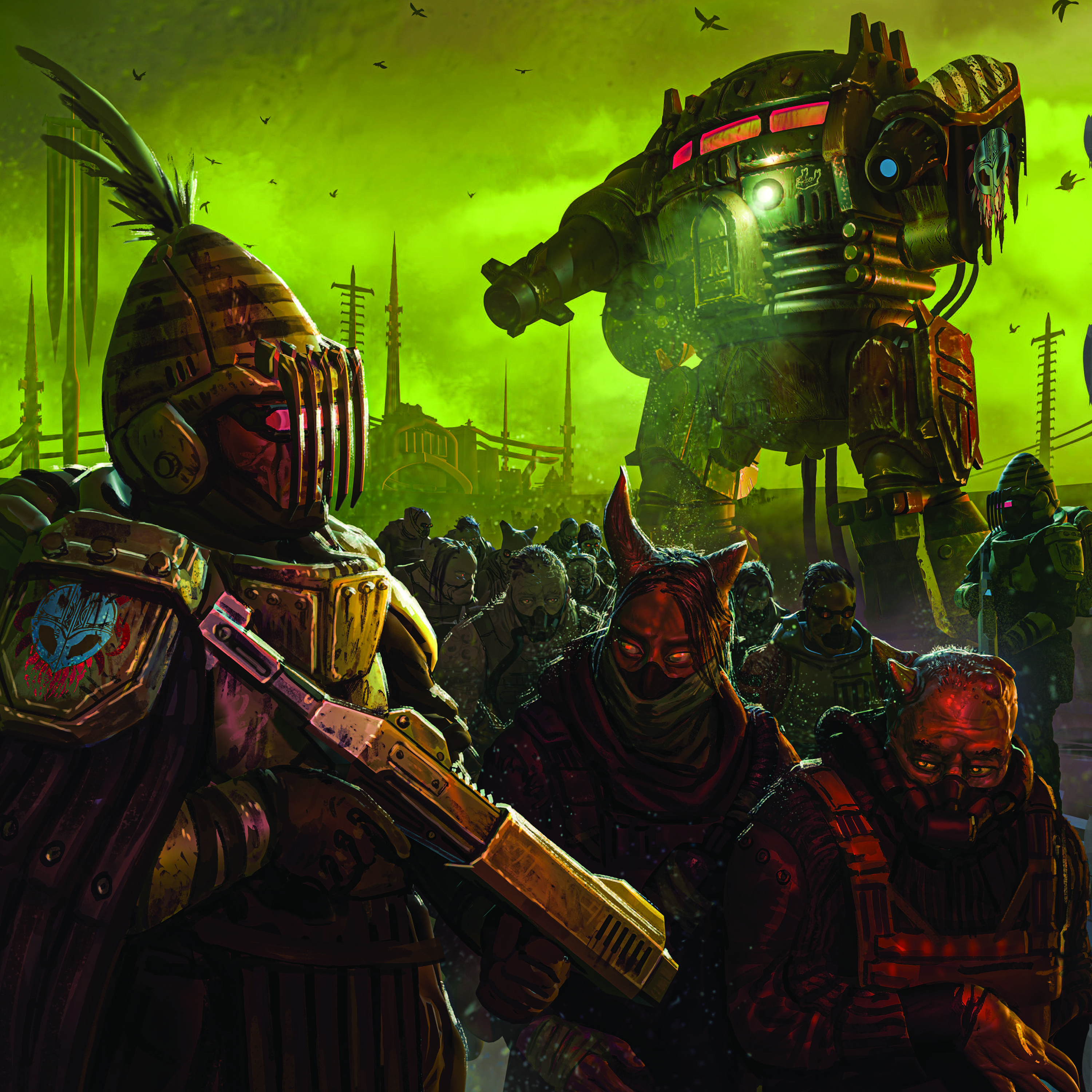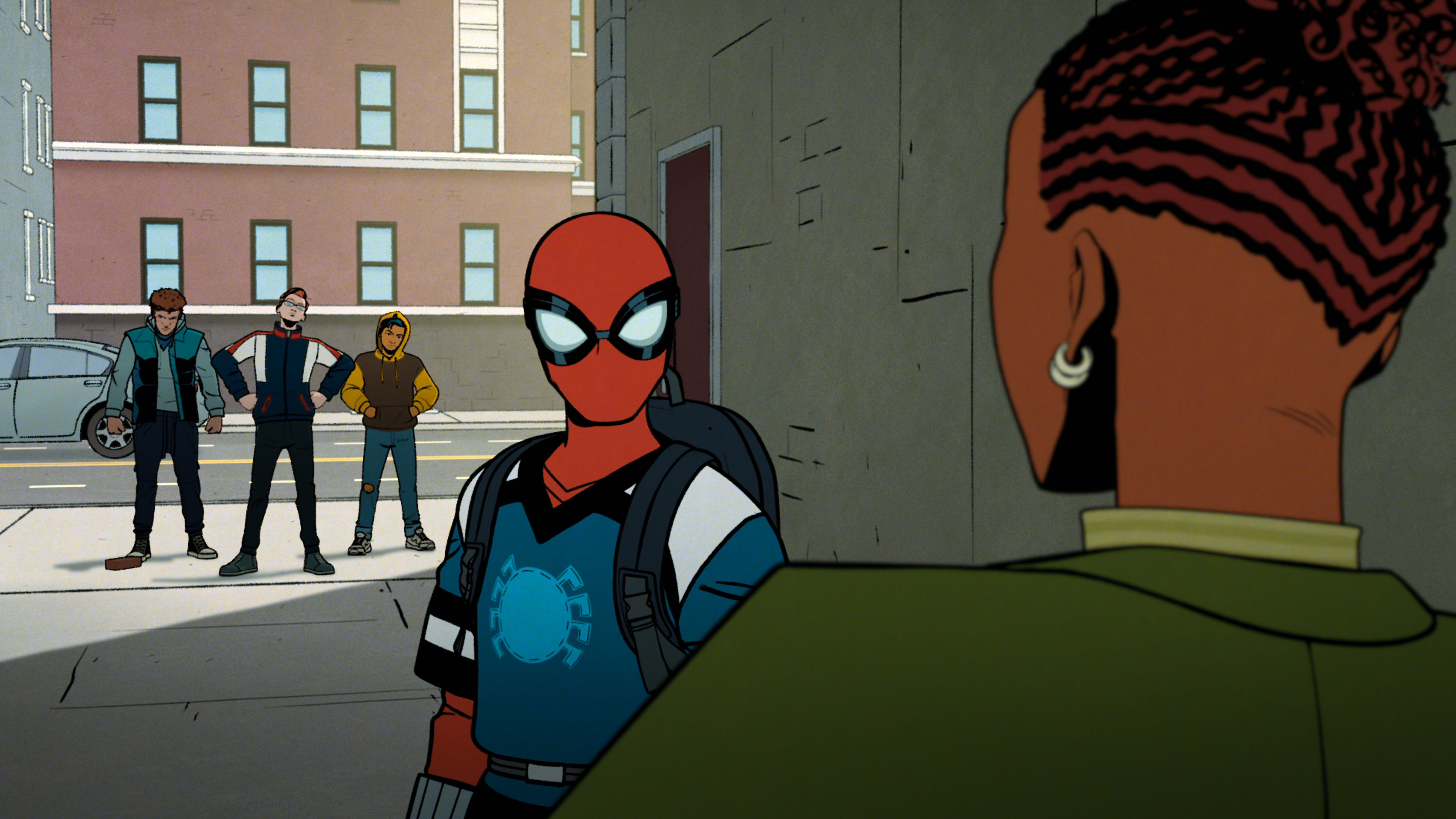
Star Trek has been around for so long now that, for the purposes of a listicle like this, it seems only fair to group the franchise’s output by era. You’ve got The Original Series period of the late ’60s, then there’s the movies featuring those old scientists, which then gave way to the Rick Berman era which started with Next Generation and ended with Enterprise, and then of course there’s the modern era of Parmount+ shows which began with Discovery in 2017.
And that’s what we’re discussing today, as the service formerly known as CBS All Access (remember that?) launches the first straight-to-streaming TV movie, Star Trek: Section 31 (which actually originated as a series). In less than eight years, the modern Trek brain trust has also created five new shows, two of which are animated, as well as a series of shorts known as, of course, Short Treks.
With the variety of approaches that these different projects have taken on – from straight sci-fi drama to comedy, animation, shorts, feature-length, and more – comparing them to one another is a bit tricky. There’s also the fact that a show can have good and bad seasons, so keep that in mind when looking at our rankings as we’ve taken a series’ entire run into account rather than just focused on a favorite run of episodes.
So with all that said, let’s make it so, engage, fly, blast off, punch it, or whatever else is your favorite thing to say while cosplaying as a Starfleet captain!
7. Star Trek: Section 31

Long in development as a series featuring (one of) Michelle Yeoh’s Star Trek: Discovery character(s), Section 31 eventually morphed into the first Star Trek TV movie after the pandemic disrupted the production schedule and Yeoh won an Oscar for Everything Everywhere All at Once. Starring Yeoh as former Emperor Philippa Georgiou, refugee from the dark Mirror Universe, the finished film seems to have lost its way during that long gestation period. There’s very little Star Trek to be found here; just look at the in-name-only Section 31 of it all, or the lack of any of the overarching themes that makes Gene Roddenberry’s franchise what it is. At the same time, what we do get often feels like an undercooked, 11-years-too-late riff on Guardians of the Galaxy’s freewheelin’ approach to outer space adventure. It’s a shame, because Yeoh deserves better, and direct-to-streaming Star Trek movies should be something that becomes a regular occurrence. After this debacle, that seems less likely, alas.
6. Star Trek: Short Treks

As with the concept of doing feature-length movies for the small screen, going in the other direction and producing a series of Star Trek shorts – Short Treks, as they were called – was another interesting approach to telling new stories in this universe. There were two seasons and a total of 10 shorts released between 2018 and 2020, and a couple of them are terrific. The standout is "Calypso," written by Pultizer-winning author Michael Chabon and, yes, based in part on the Calypso myth from The Odyssey. The short utilizes the Star Trek: Discovery sets to tell the story of Aldis Hodge’s lost seaman (OK, spaceman) who falls under the spell of a beautiful… computer. But often the shorts were hamstrung by their very nature – they were typically conceived to be cost-effective and utilize existing sets and costumes, and sometimes the stories didn’t quite prove to be worth telling. Still, it was a new and interesting format for Trek and certainly merits more installments if the Trek military-industrial complex is willing.
5. Star Trek: Picard

OK, Star Trek: Picard is one of those cases I mentioned earlier where the quality between seasons varies significantly. Looking at the overall three-season return of the almighty Jean-Luc Picard, it’s a fairly mixed affair. Season 1, with its no uniforms/no Starfleet for Picard mandate from Patrick Stewart, wasn’t awful but didn’t really land in any meaningful way. (It did turn our beloved admiral into an android, though!) Season 2 was awful, with a seemingly exhausted Stewart sleepwalking through much of the story in what appeared to be a budget-saving move to 2024 Los Angeles. And then Season 3 was a nostalgic delight, bringing back most of the original Next Generation crew for one (more) final adventure, and porting them into a modern TV landscape along the way with a more mature approach to their (and their next generation’s) ongoing stories. Of course, even the return of Riker, Crusher, et al. ran counter to the show’s initial mission statement, a sort of admission that what was there wasn’t working before the old crew came in to help save the day.
4. Star Trek: Discovery

The modern era started back in 2017 when we were introduced to Sonequa Martin-Green’s mutinous Starfleet officer Michael Burnham, along with the off-kilter crew of the USS Discovery. Star Trek: Discovery, like Picard, suffers from an uneven track record, but its first two seasons were pretty great, despite the creative upheaval that was happening behind the scenes with multiple showrunner changes. Setting Disco in the years immediately prior to The Original Series was a choice to be sure, as its 21st century depiction of future tech (among other things) seemed to break continuity with what we know of that time period. But ultimately none of that mattered. Season 1 felt new and exciting in multiple ways, from its unique depiction of the Klingons as truly alien, to the jump technology that powered the ship, to the core concept of centering the show on a character who was not in command. Indeed, Martin-Green was always the heart of Discovery, and while Season 2 continued to excel (it introduced us to Anson Mount’s version of Captain Pike, which of course eventually led to us getting the awesome Strange New Worlds as a spinoff), the show seemed to increasingly lose its way once the crew were sent to the far-off future at the start of Season 3. An over-reliance on mystery box story arcs and the loss of the angsty edge of the first couple of seasons eventually made Star Trek: Discovery too milquetoast for its own good.
3. Star Trek: Prodigy

The animated Star Trek: Prodigy is a kids show! So how could it be so high on this list? Well, it may be a kids show, but it’s also a really good Star Trek show. Designed to appeal to, obviously, the next generation of potential Trekkies, Prodigy is also a Star Trek: Voyager sequel. Not only does Kate Mulgrew return to the world of Starfleet as a holographic version of Captain Kathryn Janeway, but as the show progresses it becomes increasingly entwined in Voyager’s history. Along the way, some other Trek favorites of days past make appearances, but none of this ever distracts from Prodigy’s focus on its group of misfit kids who come from the far reaches of space, stumble upon an abandoned starship, and band together to… well, learn what it is to be a member of Starfleet. Which is to say, what it means to be a good person who does the right thing, even in times of extreme adversity. It’s about as Star Trek-ian a message as you can get, but the show is never heavy-handed about it. What a shame that this show only got two seasons, but it’s two seasons of often beautiful animation that are very rewatchable.
2. Star Trek: Lower Decks

More Star Trek animation at the top of this list! Unlike Prodigy, creator/showrunner Mike McMahan’s intensely nerdy Lower Decks isn’t a kids show, so to speak, but is very approachable for adults and younger viewers alike, not to mention for the Trek-curious. Told in a rapid-fire, I-need-to-rewind-this-and-put-on-the-subs style, the show depicts the exploits of Tawny Newsome’s Beckett Mariner and Jack Quaid’s Brad Boimler, a couple of ensigns aboard the USS Cerritos who get all of the grunt work and none of the glamour of the Picards and Janeways of the Starfleet world. The Lower Deckers and their friends also happen to be huge Star Trek geeks themselves, so the references that they let fly are frequently hilarious to fans, as well as Google-worthy. But the plots Mariner, Boimler and the rest find themselves in are usually true Trek stories of their own that just happen to be fun and funny. The show also hits a certain sweet spot for fans of ’90s-era Trek, as it’s set more or less in that same period. McMahan was smart enough to let his characters evolve and grow over the course of the show’s five-year run so that they didn’t feel stuck in the lower decks forever, unlike many of their (cough, Harry Kim, cough) predecessors. Lower Decks was a great instance of finding a new way to do Star Trek and do it well.
1. Star Trek: Strange New Worlds

I mean, Captain Pike’s hair alone gets him to the number one spot, right?
Strange New Worlds came about as a result of fans’ enthusiasm for Anson Mount’s Pike, Ethan Peck’s Spock, and Rebecca Romijn’s Number One after they appeared in Season 2 of Star Trek: Discovery. It was an interesting situation from the beginning, because the three actors were of course recreating characters who had appeared in the very first Star Trek story ever, the original pilot for The Original Series from before William Shatner was even hired. By the time Mount and the others got their own spinoff, something had clicked with this group, as well as the new characters introduced as series regulars. Strange New Worlds looked at what the other modern Trek shows were doing and said, ‘You know what? We're going back to the old school.’ And in so doing, it seemed to find the wonder and amazement that Discovery and Picard had too often skipped over. Make no mistake: Strange New Worlds is thoroughly modern in its approach, and it’s also unburdened by that dreaded concept known as canon in that it will never sacrifice a good character arc just because it conflicts with an episode from 55 years ago. (That kind of thing can always be hand-waved away easily enough anyway.) But through its great and likable cast, its intriguing stories, and its often kick-ass action and visuals, Strange New Worlds is currently the true final frontier of modern Trek.
But what do you think? What’s your favorite of the current era of Star Trek projects? Let’s discuss in the comments!
